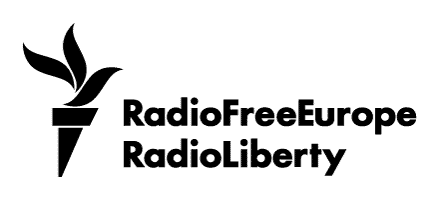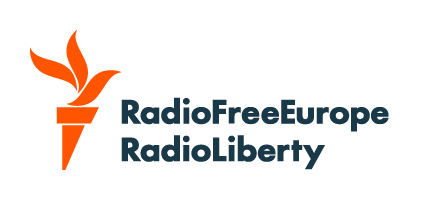
Crowds fill the square in front of Bulgaria's parliament building in Sofia on December 1.
Tens of thousands of people took to the streets in Sofia, while separate protests were held in at least a dozen other cities throughout the country. The unrest broke out over a draft 2026 budget that raises taxes and social-security payments, angering many citizens who view the government as corrupt.
Some of the largest protests in modern Bulgaria's history broke out throughout the country on December 1 against a 2026 budget that would see taxes hiked and social-security contributions raised by a government many Bulgarians view as corrupt.




